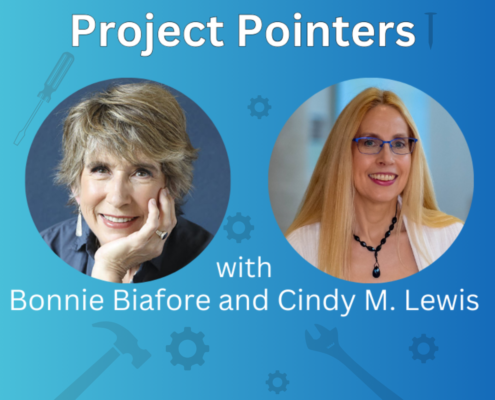Delivering Projects in a VUCA World
The world is complicated. Almost every project faces variability, uncertainty, complexity, and ambiguity (VUCA), which makes delivering even the most straightforward project a challenge. Here are 5 ways to increase project success in a VUCA world:
- Engage in regular, transparent communication. The sponsor, key stakeholders, and the team are all invested in project success. They will make significant contributions as long as they understand how. To help everyone contribute, communicate status, project needs, and risks truthfully and frequently. Regular communication fosters trust in the project manager and project processes. It also encourages people to share information with the project manager, which helps avoid issues. With everyone on the same page, uncertainty, variability and ambiguity will be less challenging.
- Embrace plans, but not too tightly. Jeff Bezos, Executive Charman of Amazon, said, “Any business plan won’t survive its first encounter with reality.” Project plans are no different. Plans are crucial, but reality will require changes to those plans: staff shuffles, business prioritization, inaccurate estimates, and more. When you have to deal with reality and its variability, change your plan pragmatically to adjust accordingly.
- Use agile approaches when conditions are right. Agile addresses ambiguity, uncertainty, and variability by supporting learning and business change. A principle of agile is to learn as you go. Stakeholders use early deliverables to increase their understanding of what the project team can produce. Agile works when the project’s products can be created and modified quickly, and appropriately knowledgeable team members are available.
- Hold pre-mortem meetings! Hold meetings to envision negative and positive project outcomes and discuss how to address them over the project’s duration. For example, if staffing demands typically create issues for projects, discuss how to address this problem in the long term. One way to deal with staffing issues is to use contracted skills from the beginning with internal staff as reviewers for most of the project while requiring that they own and complete specific tasks. Picture how this would work and the positive and negative impacts it would have on team members and project output.
- Follow what the data tell you. Do whatever you can to obtain project history. Gathering data and abiding by what they say helps reduce VUCA by aligning expectations with reality. If a set of tasks consistently takes two months to complete, don’t cave to pressure to finish those tasks in one month. Those tasks will take two months unless you change staffing or use new processes or tools. Don’t tell management anything different. (Another way to say this is “hope is not a strategy.”)
Think about your current or recent project. Identify any VUCA characteristics it presents. Would the methods above help make the project more manageable? What else could you try?
Coming Up
December 4, 2024 Survival Tips for Managing a Difficult Boss
We’ve all had at least one – a boss that makes our jobs challenging if not impossible. They come in several forms, each with their unique challenges, such as the clueless chameleon, the MIA boss, the meddlesome micromanager, the wishful thinker, and more. In this Office Hours, Dana Brownlee joins me to talk about the different types of difficult bosses, how to identify which one we’re dealing with and what we can do to work with them successfully.
December 11, 2024 Where Microsoft Project Management Tools Stand Today
Microsoft project management products come and go, change names, and introduce or retire features, which can be confusing and a bit nerve-wracking. On December 11, 2024 at 9am ET/11am MT, Bonnie Biafore and Cindy M. Lewis will answer your questions about Microsoft’s project management tools: what’s changing, what’s new, and what’s staying the same. Feel free to add your questions to the comments section of the event.










